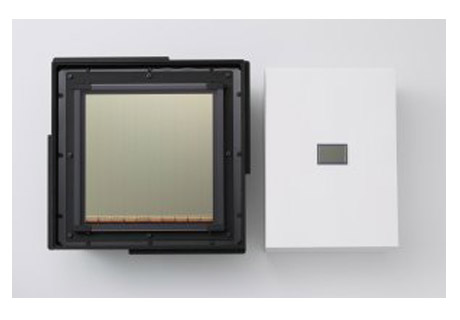
An ultra-large-scale, high-sensitivity CMOS sensor developed by Canon recently captured a wide 3.3° x 3.3° field of view video of meteors. This sensor was installed in the Schmidt telescope at the University of Tokyo’s Kiso Observatory, Institute of Astronomy, School of Science.
With a chip size of 202mm x 205mm, the CMOS sensor is said to have the world’s largest surface area. It is almost 40 times the size of Canon’s largest commercial CMOS sensor and can enable video recording in dark environs with only 0.3 lux of illumination. This sensor was installed on the focal plane of the Kiso Observatory’s 105cm Schmidt telescope in January this year and was used to capture video at about 60 frames per second. It thus recorded faint meteors with an equivalent apparent magnitude of 10 across a wide 3.3° x 3.3° field of view.
Researchers at the University opine that statistical analysis of the video can aid in understanding the influence that meteors may have had regarding the evolution of life on Earth. Capturing faint meteors with apparent magnitudes more than 7 has apparently been quite a task. Canon however says that video recorded with their ultra-large-scale, high-sensitivity CMOS sensor through the Schmidt telescope enabled observation across a wide field of view. It resulted in a one-minute segment during which more meteors with an equivalent apparent magnitude of 10 were detected. This could not be identified earlier even in a year.
Canon is planning to develop more such distinctive CMOS image sensors and will attempt to break new grounds in the field of image expression, still images and video. Results of this video observation are set to be presented at the Astronomical Society of Japan’s autumn 2011 meeting this month at Kagoshima University in Kyushu.




